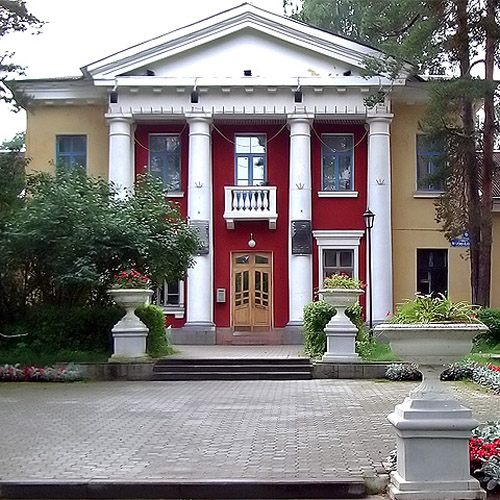Nihonium
113
Nh
Groep
13
Periode
7
Blok
p
Protrone
Elektrone
Neutrone
113
113
173
Algemene Eienskappe
Atoom Nommer
113
Atoommassa
[286]
Massa Nommer
286
Kategorie
Hoofgroepmetale
Kleur
n/a
Radioaktief
Ja
The name comes from the common Japanese name for Japan
Kristalstruktuur
n/a
Geskiendenis
Nihonium was identified in 2003 as an alpha decay product of element 115, moscovium by a team composed of Russian scientists at Joint Institute for Nuclear Research, Dubna and American scientists at the Lawrence Livermore National Laboratory.
The Dubna-Livermore collaboration has strengthened their claim for the discovery of nihonium by conducting chemical experiments on the final decay product 268Db.
The Dubna-Livermore collaboration has strengthened their claim for the discovery of nihonium by conducting chemical experiments on the final decay product 268Db.
Elektrone per skil
2, 8, 18, 32, 32, 18, 3
Elektronkonfigurasie
[Rn] 5f14 6d10 7s2 7p1
Nihonium is historically known as eka-thallium
Fisiese Eienskappe
Fase
Soliede
Digtheid
16 g/cm3
Smeltpunt
703,15 K | 430 °C | 806 °F
Kookpunt
1373,15 K | 1100 °C | 2012 °F
Heat of Fusion
n/a
Heat of Vaporization
n/a
Spesifieke Hitte Kapasiteit
-
Oorvloed in die aardkors
n/a
Oorvloed in die heelal
n/a

Beeld Krediete: Wikimedia Commons (Hrustov)
The element was discovered at the Joint Institute for Nuclear Research in Dubna, Russia
CAS Nommer
54084-70-7
PubChem CID Nommer
n/a
Atomiese Eienskappe
Atoom radius
-
Kovalente Radius
136 pm
Elektronegatiewiteit
-
Ionisasie potensiaal
-
Atoom volume
-
Termiese geleidingsvermoë
-
Oksidasiestate
1, 3, 5
Toepassings
Nihonium is used for scientific research purposes only.
Nihonium is harmful due to its radioactivity
Isotope
Stabiele Isotope
-Onstabiele Isotope
278Nh, 282Nh, 283Nh, 284Nh, 285Nh, 286Nh, 287Nh